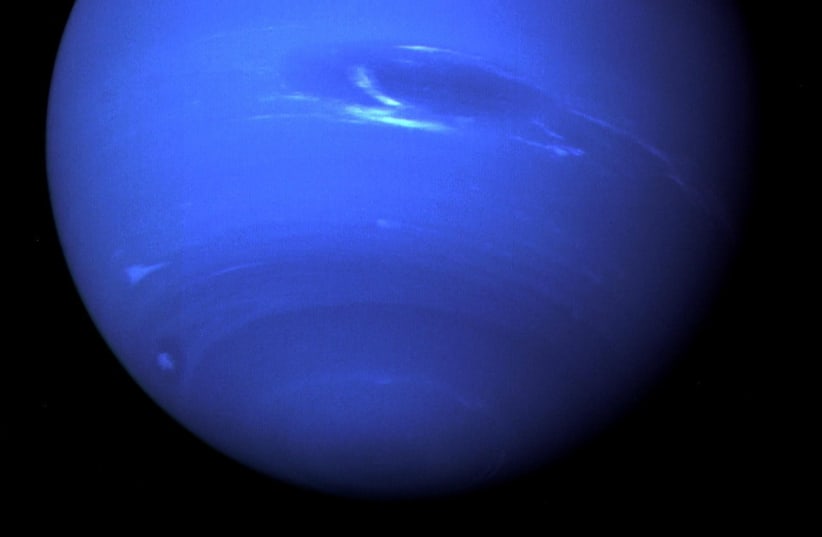"For over 30 years, the eighth planet in the solar system, Neptune, has been known as a blue and mysterious planet, completely different from its close neighbor, Uranus," explained Professor Patrick Erwin, who led the research.
"However, a new study has completely changed the image and revealed the true characteristics of these gas giants, which have a much more similar color than previously believed."
The team of researchers from Oxford University used data from the spectroscope instrument of the Hubble Space Telescope to present the gas giants in their true colors. The study showed that Neptune is actually a pale green-blue color, or "sky-blue" as they call it, similar to Uranus, which is much brighter than the deep blue color it was known for from images taken by the Voyager 2 spacecraft.
"None of us will be able to see these dwarf planets from a space shuttle, and it is very difficult to observe dwarf planets using ground telescopes, so very few people know how they are supposed to look," Professor Erwin added.
To reveal the true colors, he and his colleagues utilized the data from the Hubble Space Telescope, known for its sharp imaging capabilities, as well as the Very Large Telescope (VLT) of the European Southern Observatory in South America.
The data from these instruments allowed the team to balance the complex color images captured by the Voyager 2 spacecraft's camera and the Wide Field Camera 3 (WFC3) of the Hubble Space Telescope.
Neptune and Uranus are strikingly similar
Therefore, while Neptune and Uranus appeared as blue and mysterious spheres, the latest research reveals that they are much closer to each other in color and appearance than we previously thought.
"They are still distant, but at least now we know how they really look," concludes the report.
